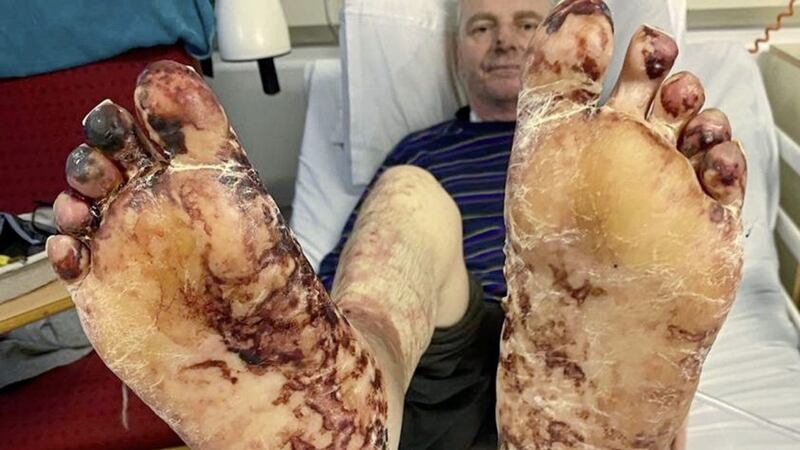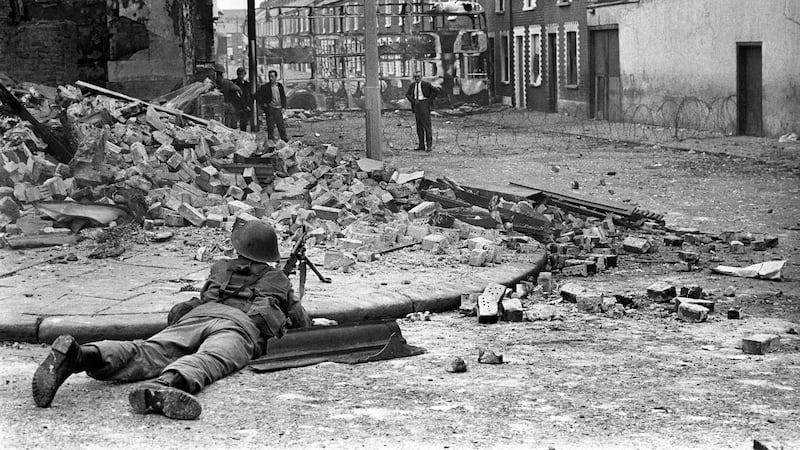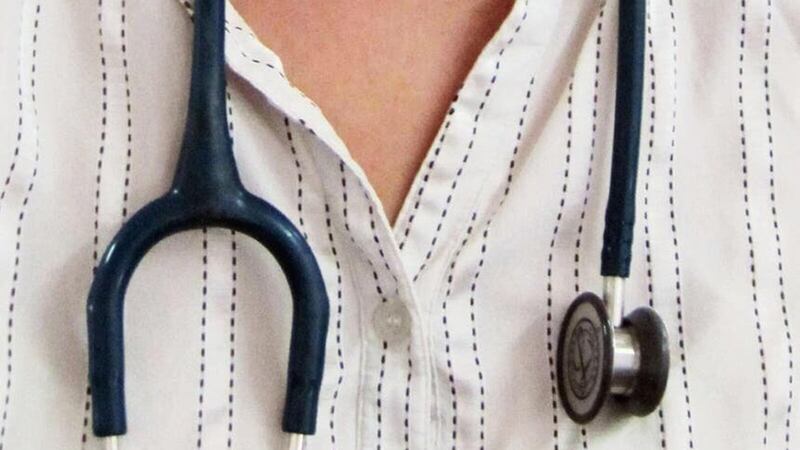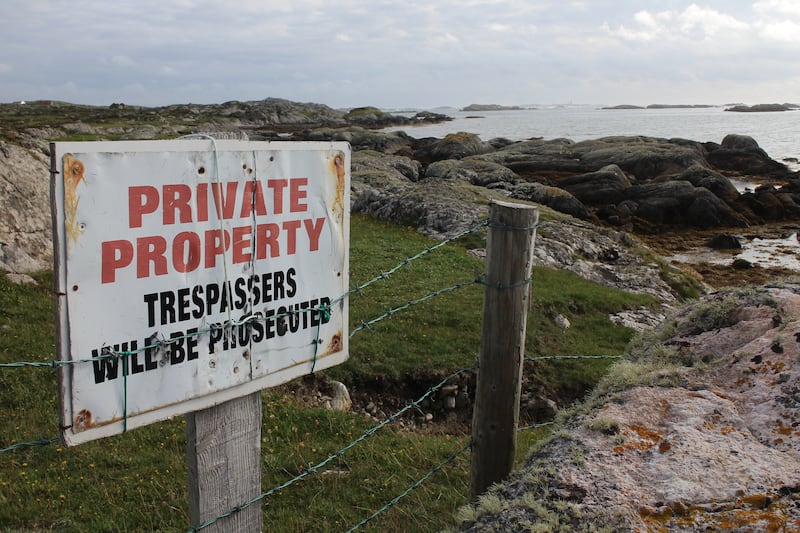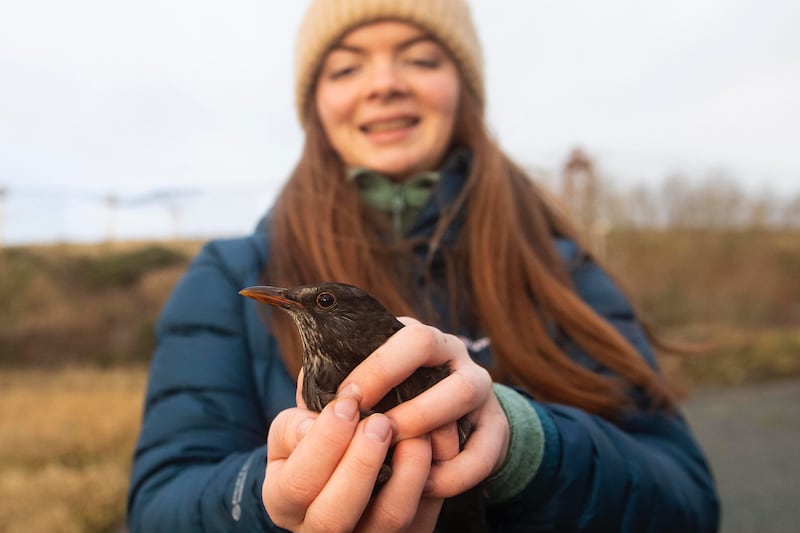THERE’S no hard feelings between myself and Jessie, the wire-haired whippet. It was ‘ball-to-hand’, rather than the dog deliberately biting me.
We’d enjoyed a rare Chinese takeaway when I absent-mindedly put the leftovers down on the floor. Within seconds Jessie and Poppy, my dad’s smaller yet characteristically belligerent Jack Russell, were scrapping.
Keen to avoid hefty vets’ bills for any animal injuries sustained, I intervened in the angry melee and for my trouble received a bite to the middle finger of my left hand.
It wasn’t an insignificant wound but it was Friday night and I wasn't for spending it sitting in A&E, so I cleaned the cut under the tap and put a plaster on, holding my arm upright for a while to stem the bleeding.
The next day – March 8 – was spent working at the Alliance Party conference in Belfast’s Stormont Hotel, unhindered by the previous night’s minor drama, my two-fingered typing technique unaffected.
Later I cooked dinner for my visiting sister-in-law and niece, and the following morning continued writing up the previous day’s proceedings for Monday’s paper.
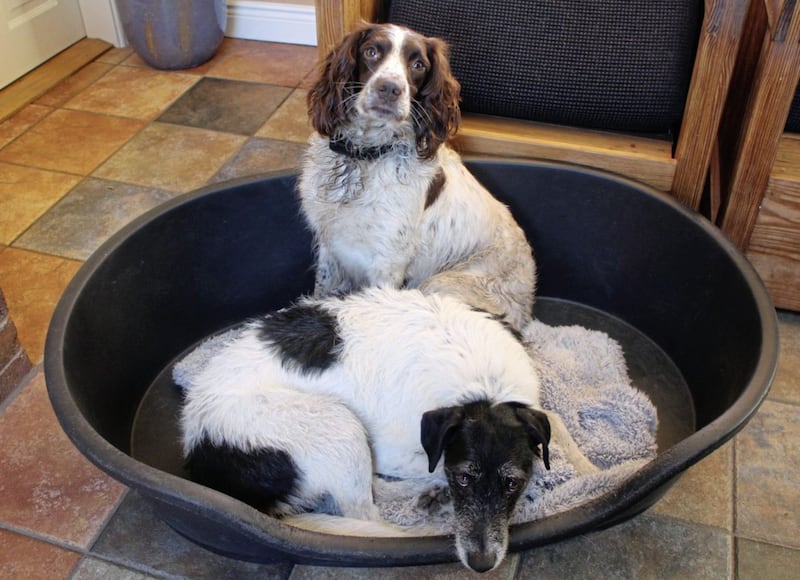
It was shortly after lunch, my work assignment completed, that I began to feel cold, especially my feet. As the day progressed the chills were joined by nauseousness and lethargy, then an aching lower back.
I spent an uncomfortable, restless night during which I took a shedload of paracetamol.
After an unusually light breakfast I phoned my dad to ask him if he’d drive me and my (non-driving) wife Lisa the six miles to the Downe Hospital.
The fact that I allowed the old man to take the wheel that day provides some indication of how poorly I was. “You looked older than me as you hobbled into A&E,” the 86-year-old later recalled.
My deep grey complexion, among other things, quickly convinced the triage nurse that I warranted immediate attention.
As a precaution against Covid-19, Lisa and I were isolated and quizzed on recent movements, though initially the doctor suspected I was suffering from gastroenteritis.
During the course of the day as I remained under observation, my blood pressure dropped and my temperature soared, while I continued to feel cold.
Thankfully these classic sepsis symptoms were soon recognised as such and it was arranged to put me on the next available ambulance to the Ulster Hospital. Ahead of being transferred I was fitted with a catheter and a dialysis line into my left shoulder.

It was during the bumpy 24-mile journey to Dundonald that I realised my 55-year-old record of never having spent a night in hospital – I’d been a home birth – was about to end.
I vaguely knew what sepsis was and that it could be fatal but wasn’t aware that around one in six of those affected die and in many cases survivors have multiple limbs amputated.
It occurs when an infection triggers a chain reaction throughout the body and the immune response becomes dysregulated.
The worst cases result in septic shock, which if not treated quickly can lead to tissue damage, multiple organ failure, and death. That’s what I had.
By the time I arrived in the Ulster Hospital’s intensive care unit, I’d been in the care of the NHS for 10 hours and been attended to by upwards of 20 people.
Even in my vulnerable state, or perhaps because of it, I was overwhelmed by everybody’s calmness and courteous professionalism.
Over the next month I would deal with dozens more nurses, auxiliaries, receptionists, doctors, physiotherapists, dieticians, podiatrists, ambulance drivers and consultants, all of whom were more than worthy of the applause they’d receive over subsequent weeks during lockdown.
My first few days in ICU were, like it says on the tin, intense. There was a danger of organ failure and my body was responding accordingly, directing blood to where it was needed most, leaving the peripheral points – namely my toes and to a lesser extent my ears and nose – starved of blood.
The purple clots that had appeared on my extremities like fresh bruises were further compounded by doses of the powerful drug Noradrenaline, which too pushed blood to my vital organs.
At times I was lucid and always knew where I was but the sepsis and morphine I’d been given combined to distort reality with delusions and hallucinations, both visual and auditory.
I recall the ultrasound scan of my liver on day two, the screen displaying a colony of colourful elves in one particular area. I didn’t believe there were elves in my liver – as if? – just that the ultrasound machine was programmed to display them that way to make it more interesting for everybody watching.
And even though I hadn’t walked for days, I still misguidedly held out hope that I’d run the annual Jimmy’s 10K in Downpatrick, which had been due to take place on March 16 but would be cancelled due to Covid-19.
For the first week or more my feet stayed cold, despite warm air being pumped directly into my bed, a consequence of poor circulation.
My lungs were working at a significantly reduced capacity meaning I required 100 per cent oxygen, enduring prolonged periods wearing a so-called Cpap mask, its upper end pressing hard on the bridge of my nose.
It was perseverance with the uncomfortable mask, however, that ultimately prevented me having to be ventilated.
Meanwhile, my kidneys had failed so I needed near-constant dialysis and I was restricted in the amount I could drink because my body couldn’t process liquids.
Each day Lisa and my daughter Catherine, who’d returned home from Scotland, would visit, bussing their way through increasingly empty streets as lockdown took hold.
To me, the whole thing was a bit of an adventure and never did I feel my life was in danger but their solemn faces told a different story.
After 13 days of intensive care, a three-minute trolley ride took me to Ward 17 and back what felt like several decades in healthcare terms.
The staff, as always, were trojans but were working in one of the few remaining parts of the Ulster Hospital that has yet to be modernised.
I shared a space that was barely twice the size of my bay in ICU with five others, some of whom spent a solitary night before moving on.
This was by far the most uncomfortable period of my hospital stay, with glaring strip lights above my bed aggravating the photosensitivity and blocked sinuses that I’d developed.
I spent just four days on Ward 17 before being allowed home, complete with ‘Herman Munster’ boots to protect my damaged feet and a zimmer frame to help me walk.
I’m not ashamed to say I cried a few tears of relief as my sister-in-law drove me away from the hospital.
That wasn’t me finished with the Ulster, however. I was allowed home on the condition that I’d come back three days a week for dialysis as my kidneys were still not fully functioning.
This involved being picked up at home around 11 am and driven the 30-odd miles to Dundonald where I’d be hooked up to a dialysis machine for four-to-five hours, returning home exhausted at around 7pm.
At this time my liquid intake was limited to 700 millilitres each day and I was producing around a two-thirds of that in urine. I feared this could potentially be the situation for the rest of my life but thankfully around two-and-a-half weeks after being allowed home, my kidneys started working again.
I returned to the hospital one Monday in early April proudly brandishing a gallon or more of my own pee that I’d collected over the weekend.
Subsequent blood tests through the week confirmed my organs had mended and I was fully discharged, with twice-weekly podiatry appointments the only aftercare required. Within a few weeks I was able to wear normal shoes and walk a few hundred yards.
My recovery, which coincided with lockdown, involved plenty of rest. I’d have breakfast in the morning, then go back to bed for a couple of hours and also enjoy a long afternoon nap.
In mid-May I took my first proper walk – about two miles – with my daughter and the dogs near St John’s Point lighthouse, and by the time the summer solstice came around I was jogging the same route.
I’ve been told my recovery, the completion of which was marked symbolically earlier this month with the ascent of Nephin in Co Mayo, has been nothing short of remarkable, as others often take years to get over sepsis.
The only way I account for this is to say I was fairly fit beforehand. That and the love and attention lavished on me by my family.
::::::::::
SEPSIS: THE SYMPTOMS
Sepsis can initially look like flu, gastroenteritis or a chest infection. There is no one sign, and symptoms present differently between adults and children.
Symptoms in adults include:
- Slurred speech or confusion
- Extreme shivering or muscle pain
- Passing no urine (in a day)
- Severe breathlessness
- Skin mottled or discoloured
- It feels like you’re going to die
A child may have sepsis if he or she:
- Is breathing very fast
- Has a ‘fit’ or convulsion
- Looks mottled, bluish, or pale
- Has a rash that does not fade when you press it
- Is very lethargic or difficult to wake
- Feels abnormally cold to touch
If you spot any of these signs, call 999 or go straight to A&E and ask: “Could it be sepsis?”
A child under 5 may have sepsis if he or she:
- Is not feeding
- Is vomiting repeatedly
- Has not passed urine for 12 hours
If you spot any of these signs, call 111 or see your GP and just ask: “Could it be sepsis?”
For more information on sepsis see sepsistrust.org
